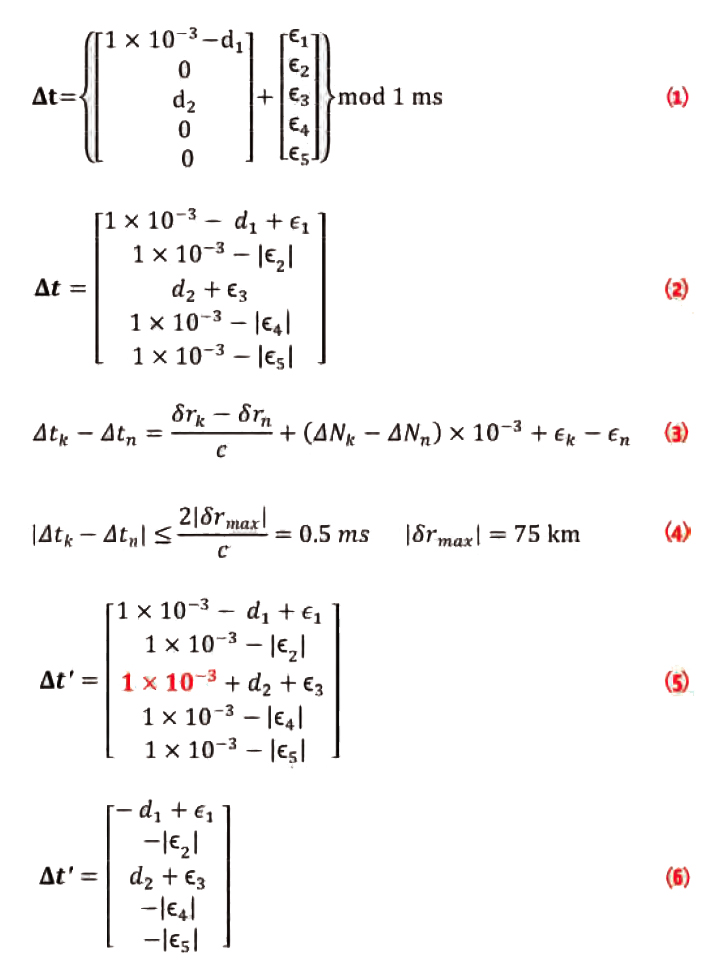Q: What is the effect of GPS jamming on maritime safety?
A: Although GPS jamming incidents are relatively rare they can occur; and when they do, their impact can be severe.
The General Lighthouse Authorities of the United Kingdom and Ireland (GLAs) comprise the Commissioners of Irish Lights, the Commissioners of Northern Lighthouses and Trinity House, who between them provide aids to navigation (AtoNs) for the benefit of all mariners in British and Irish waters.
Q: What is the effect of GPS jamming on maritime safety?
A: Although GPS jamming incidents are relatively rare they can occur; and when they do, their impact can be severe.
The General Lighthouse Authorities of the United Kingdom and Ireland (GLAs) comprise the Commissioners of Irish Lights, the Commissioners of Northern Lighthouses and Trinity House, who between them provide aids to navigation (AtoNs) for the benefit of all mariners in British and Irish waters.
In order to investigate the effects of GPS jamming, whether by intentional or accidental means, the GLAs conducted a trial in 2008 on the effect of GPS denial on marine aids-to-navigation, and ship-borne and shore-based navigation and information systems.
Today’s mariners commonly use GPS enabled devices to navigate their vessels, however large, from port to port and berth to berth. The International Maritime Organization (IMO) mandates the carriage of electronic position-fixing systems by all vessels over 300 gross tons and those carrying passengers on an international voyage in accordance with the Safety of Life at Sea (SOLAS) convention.
The GPS position is often fed into other vessel systems, for example an electronic chart display and information system (ECDIS), the vessel’s automatic identification system (AIS), or a plotter.
The use of differential GPS (DGPS) is preferred; mariners improve their positioning accuracy and ensure integrity of their GPS derived position by using the large number of DGPS radiobeacons located around the world.
Although GPS receivers for navigation are commonplace and very conspicuous on the bridge, the use of GPS is often more inconspicuous in other AtoN and positioning devices. Examples include its use for providing position input to the onboard AIS transponder, as well as the digital selective calling (DSC) system, which has the capability to include the vessel’s position as part of a distress signal.
In addition to vessel-based systems, marine aids-to-navigation use GPS. AIS timeslots may be synchronized using GPS as a source of accurate time. AIS also provides AtoN position information based on GPS input. Synchronized lights use GPS as a common timing source, and differential GPS services provide accuracy and integrity to the mariner.
Therefore, GPS denial, whether intentional from malicious jamming or unintentional due to malfunctioning equipment such as television antennas, may affect safety both on the bridge and on-shore.
(For the rest of Alan Grant and Paul Williams’ answer to this question, please download the complete article using the pdf link above.)
Q: What are linear carrier phase combinations and what are the relevant considerations?
A: Linear carrier phase combinations are formed by adding or subtracting carrier phase measurements on two or more frequencies. Such combinations are used to improve the resulting measurement in some manner relative to the original measurements.
In this context, “improvement” usually implies removing/reducing certain errors so as to facilitate the ambiguity resolution process or increase the measurement (and, therefore, position) precision. We must note, however, that improvement in both areas is not possible and thus a design trade-off is required.
In this “solution,” we will discuss how linear carrier phase combinations are formed and the key considerations associated with this process. A discussion of some of the common GPS combinations is also provided.
Topics in the full article include Linear Combinations, Integer Nature of the Ambiguities, Magnitude of Errors in Units of Cycles, Magnitude of Errors in Units of Length.
Summary and Outlook
The analysis focuses on dual-frequency combinations. However, with the modernization of GPS and the upcoming launches of Galileo and Compass, multiple frequency combinations will be possible. Despite this, the considerations discussed in this article will still hold and can be used as a stepping stone for more advanced combinations and subsequent data processing.
(For the rest of Mark Petovello’s answer to this question, please download the complete article using the pdf link above.)





